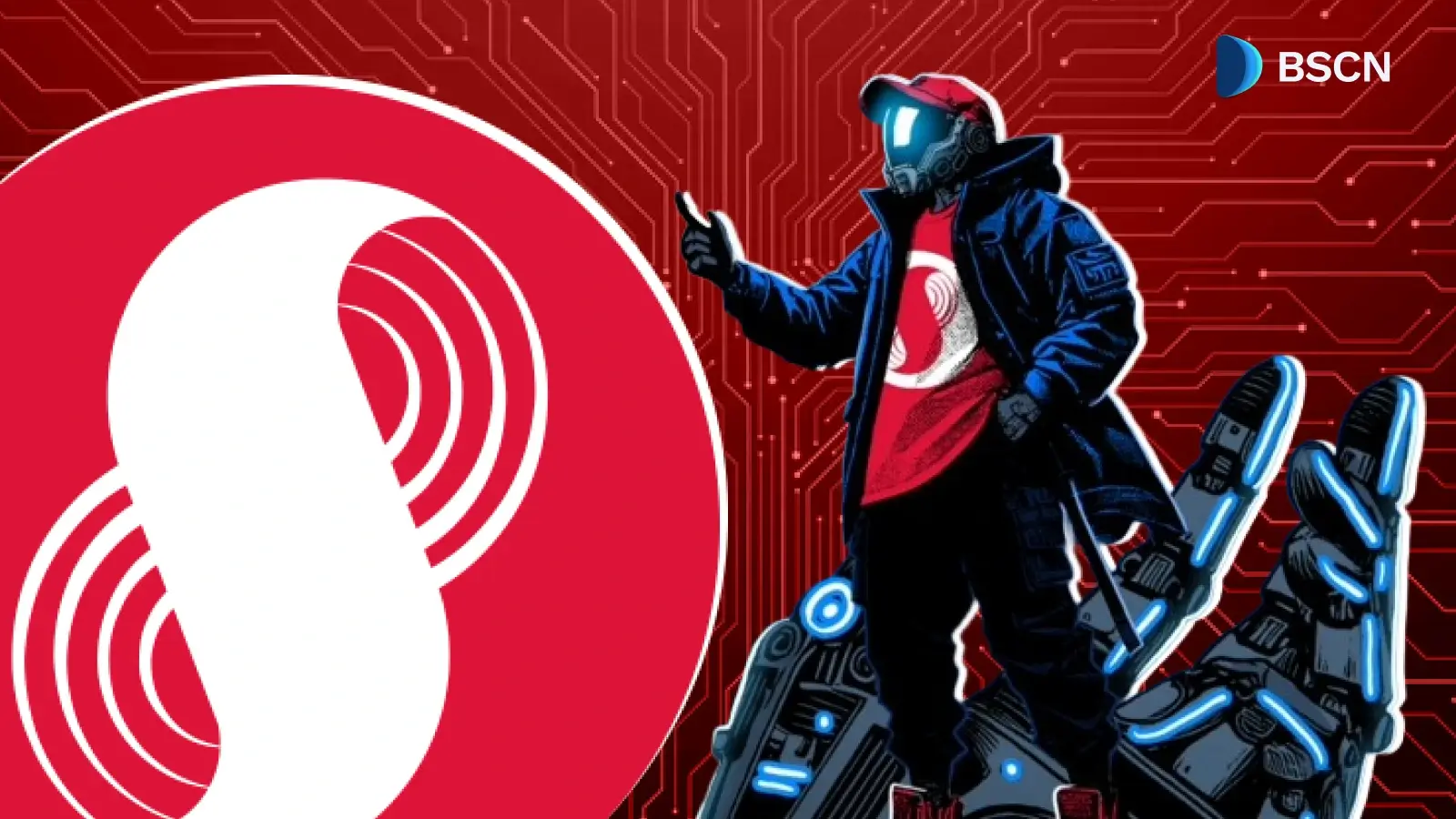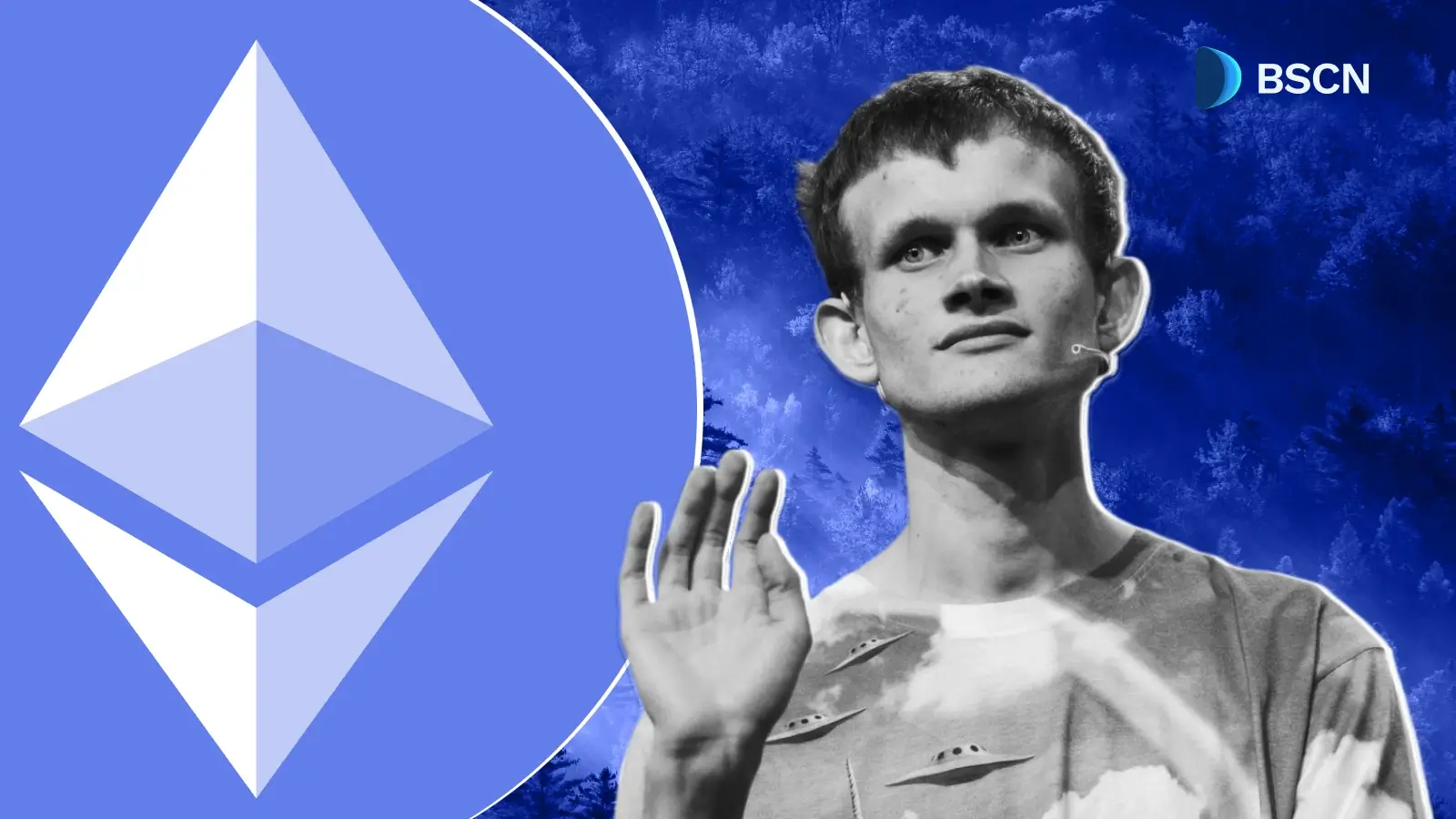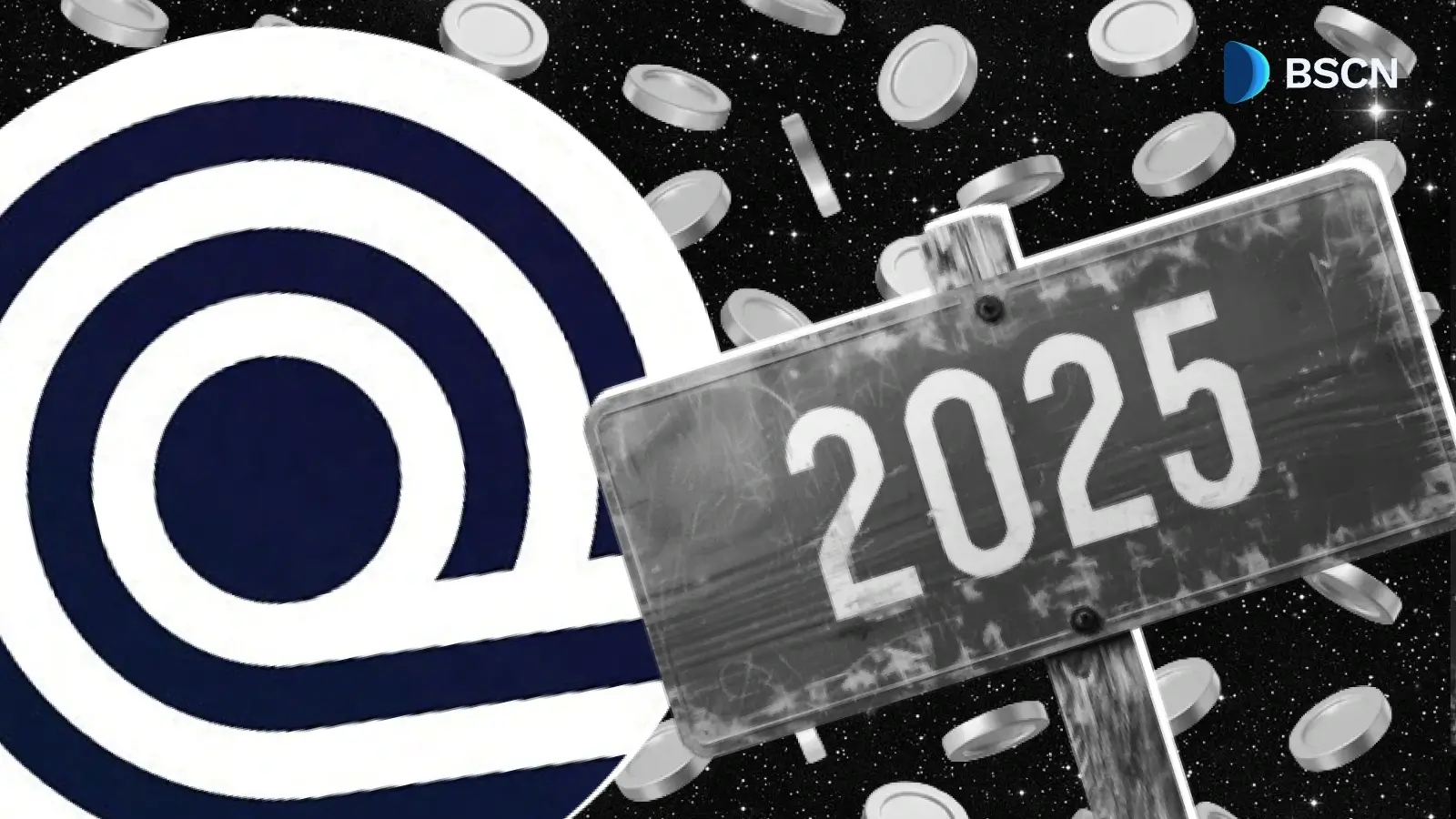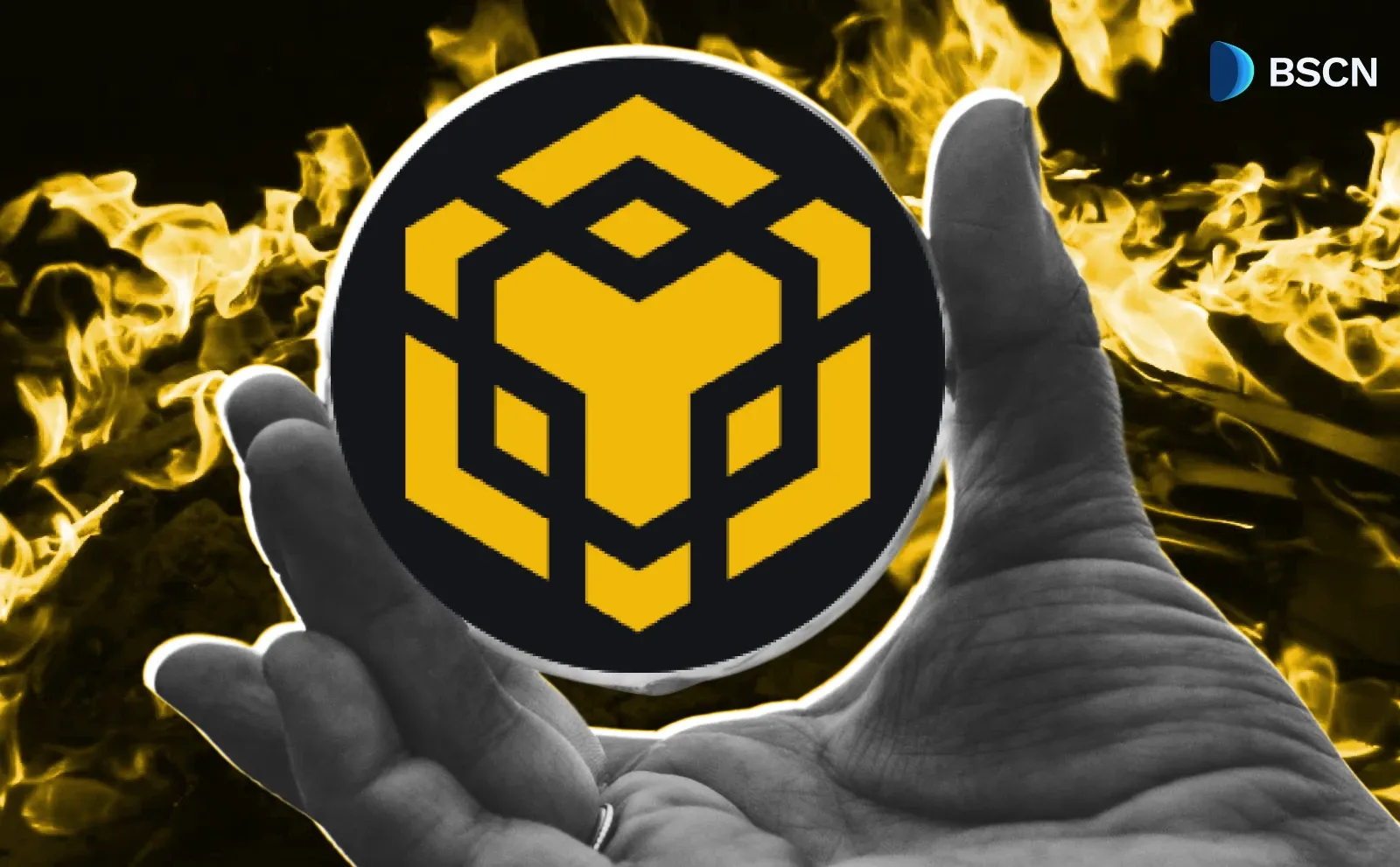News
(Advertisement)
Chainlink's Recent Breakthroughs and Updates
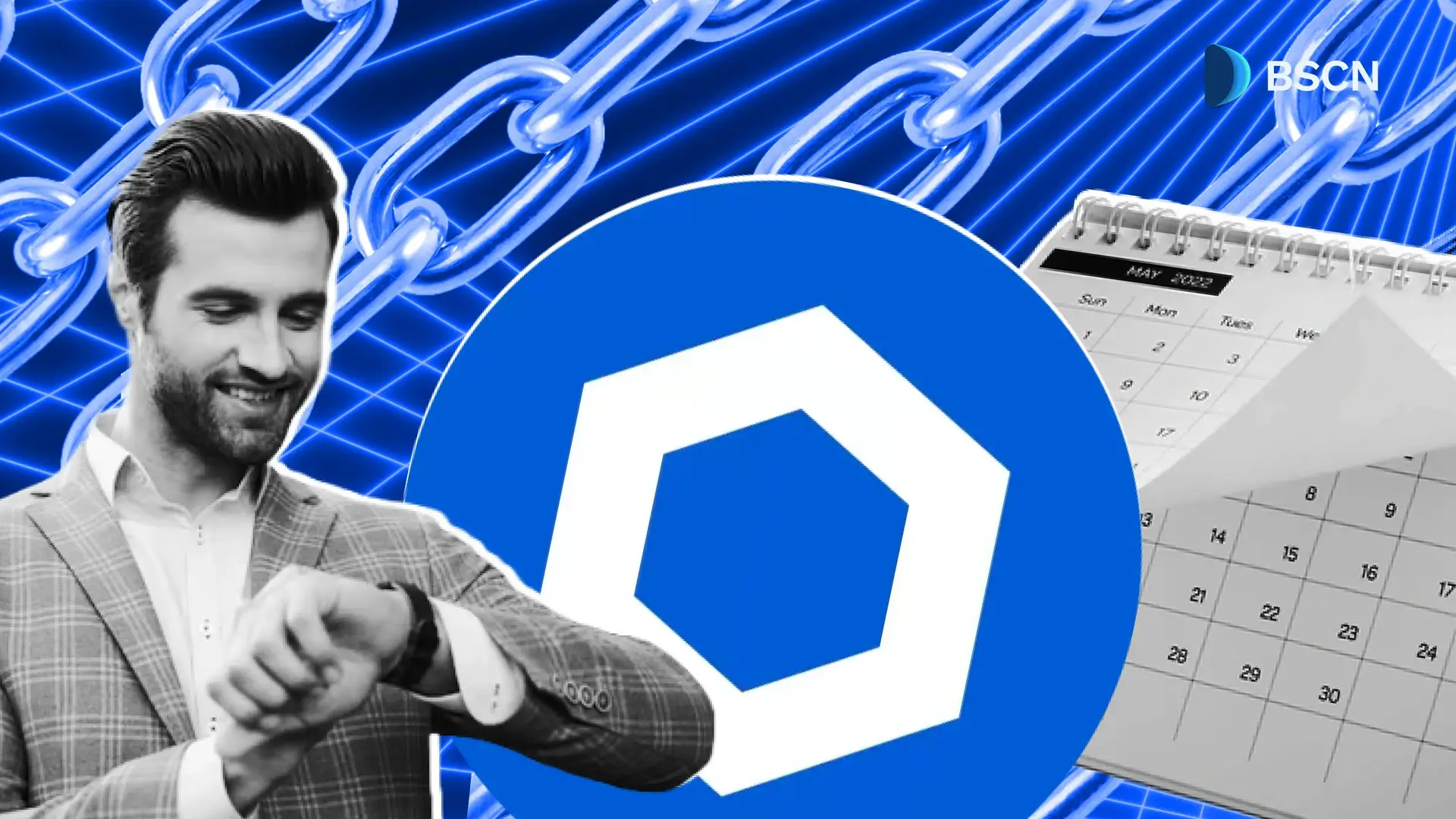
Chainlink has entered a transformative phase, expanding far beyond its role as a decentralized oracle network.
Soumen Datta
July 21, 2025
(Advertisement)
Table of Contents
Chainlink has rolled out a series of major updates that position it as a leading protocol in the blockchain space. From cross-chain communication and real-world asset settlement to advanced compliance engines and institutional-grade integrations, Chainlink has gone from middleware to foundational infrastructure.
Solana Welcomes CCIP v1.6
Solana’s ecosystem received a major interoperability boost with the launch of CCIP v1.6 on its mainnet. The update allows seamless interaction between Solana and major blockchains like Ethereum, BNB Chain, Arbitrum, and Base. This paves the way for smoother token transfers and messaging between Solana and the rest of the blockchain economy.
Projects like Maple Finance, Shiba Inu, and Backed Finance, which collectively manage over $19 billion in tokenized assets, are among the first to use CCIP and adopt the CCT standard on Solana. Developers now benefit from lower costs, simplified architecture, and reduced fragmentation. Tools like Interport, XSwap, and OpenOcean have also begun integrating Solana support to streamline liquidity and swaps.
Mastercard and Chainlink
Chainlink has also joined forces with Mastercard to enable onchain crypto purchases using traditional debit and credit cards. This collaboration connects Mastercard’s global payment rails to Web3 infrastructure through Chainlink’s decentralized network.
The initiative is powered by ZeroHash for compliance and settlement, Swapper Finance for liquidity, and XSwap for trade execution. Transactions are routed via Uniswap, simplifying crypto access and making the fiat on-ramp more accessible to the broader market.
Chainlink ACE
Perhaps one of the most groundbreaking of all is Chainlink’s Automated Compliance Engine (ACE)—a modular, programmable framework for enforcing compliance on both public and private blockchains. Built on the Chainlink Runtime Environment (CRE), ACE supports identity verification, smart contract enforcement, and real-time monitoring.
ACE reduces regulatory risk, eliminates duplicate verification systems, and integrates directly with existing compliance workflows. Chainlink co-founder Sergey Nazarov calls it “the final critical building block” needed to unlock institutional-scale capital flows into digital markets.
Hedera Adopts Chainlink CCIP
The Hedera network recently activated Chainlink’s Cross-Chain Interoperability Protocol (CCIP) on its mainnet. This milestone shifts Hedera into a new phase of interoperability, enabling real-time interaction with more than 46 blockchains. Hedera’s integration of CCIP follows its participation in Chainlink’s SCALE program, supported by the HBAR Foundation.
CCIP has already processed over $20 trillion in on-chain transactions. With Hedera on board, developers can now trigger smart contracts, send messages, and transfer assets across chains without writing custom bridges. This integration strengthens Hedera's presence in DeFi and tokenized real-world assets (RWAs), sectors where speed, liquidity, and reliability are non-negotiable.
At the heart of this interoperability lies a powerful feature: Cross-Chain Tokens (CCT). With CCTs, developers can launch tokens that maintain full functionality and ownership across all CCIP-supported networks. These tokens are managed via Chainlink’s Token Manager, which offers high uptime and security without the reliance on centralized custodians.
For Hedera, it translates into fewer barriers for builders and faster market penetration for applications that need to interact with Ethereum, Solana, or BNB Chain.
Chainlink Rewards
Chainlink is also pushing forward a new kind of ecosystem incentive structure with the Chainlink Rewards program. Unlike generic airdrops, this program targets meaningful contributors—specifically LINK stakers and Chainlink Build program participants.
Its first phase, Season Genesis, launched with Space and Time on May 8, 2025. Eligible LINK stakers—those with positions before March 31—could claim native tokens such as SXT from participating projects. Only half the rewards were distributed initially, with the rest reserved for future structured releases. This model avoids spam distribution and emphasizes genuine engagement, aligning rewards with network utility.
Chainlink, J.P. Morgan, and Ondo Finance Make History
In one of the most impactful updates yet, Chainlink played a key role in a cross-chain Delivery versus Payment (DvP) settlement involving J.P. Morgan’s Kinexys, Ondo Finance, and public blockchains.
This marked J.P. Morgan’s first on-chain DvP settlement using tokenized U.S. Treasuries on Ondo Chain and payments settled via Kinexys' permissioned blockchain. Chainlink orchestrated the communication between both chains through CCIP, ensuring secure, real-time interaction.
For legacy institutions, this proves that blockchain tech is no longer experimental. It is ready to bridge traditional financial systems with tokenized markets, reducing operational friction, eliminating delays, and enforcing compliance in seconds.
Chainlink Enables Cross-Border CBDC Transactions
Chainlink CCIP was also deployed in Phase 2 of the e-HKD+ pilot program, enabling a successful simulation of cross-border investment using programmable digital currencies. The pilot linked ANZ’s private blockchain (DASChain) with Ethereum's Sepolia testnet, allowing conversion of an AUD-backed stablecoin into Hong Kong’s digital currency (e-HKD).
This enabled near-instant investments in tokenized money market funds, a process that typically takes multiple days. Chainlink handled execution logic, digital identity checks, and ensured regulatory compliance, showcasing the practical use of public-private blockchain bridges in traditional finance.
Coinbase Adopts Chainlink Proof of Reserve for cbBTC
In the wake of trust failures like FTX, Coinbase has turned to Chainlink’s Proof of Reserve (PoR) to verify the 1:1 backing of cbBTC, its wrapped Bitcoin token. Chainlink’s decentralized oracle network updates on-chain reserve data in real time, allowing anyone to verify the existence of the underlying assets without relying on static audits.
This adds a critical layer of transparency. The PoR framework currently secures more than $8.5 billion in assets, reinforcing trust in wrapped tokens and off-chain collateral.
ASTR Token Becomes First SuperchainERC20 and CCT-Compatible Asset
In a separate breakthrough, Chainlink powered the first live deployment of a cross-chain token compatible with both SuperchainERC20 and CCT standards. The project saw Astar Network’s ASTR token go live on Soneium Mainnet using Chainlink’s CCIP infrastructure.
ASTR can now be moved across OP Stack chains and EVM/non-EVM chains like Solana without depending on centralized bridges. The process requires only two clicks and is validated by Chainlink’s Decentralized Oracle Networks, offering an unprecedented blend of security and usability.
Project Acacia
In collaboration with Westpac, Imperium Markets, and the Reserve Bank of Australia, Chainlink has also powered Project Acacia—a pilot for DvP settlement using tokenized assets and Australia’s domestic PayTo system. Backed by the Digital Finance Cooperative Research Centre (DFCRC), this initiative demonstrates how blockchain and real-time payments can co-exist in highly regulated environments.
CRE connects tokenized assets with fiat payment rails, enabling instant settlement without the risk of double spending or failed trades. It signals the rise of hybrid financial systems that combine blockchain speed with traditional financial security.
Chainlink Has Become the Backbone of the Blockchain Economy
What Chainlink has achieved in the past year is nothing short of transformational. From enabling cross-chain smart contract execution to bridging CBDCs, tokenized treasuries, and institutional-grade compliance layers, it has solidified its role as the connective tissue of decentralized finance.
Its technology now underpins major initiatives across public and permissioned chains, serving everyone from central banks and Wall Street giants to DeFi startups and developers.
With growing adoption, reliable uptime, and a focus on both usability and regulation, Chainlink has established itself as one of the most serious infrastructure players in the Web3 space.
Read Next...
Disclaimer
Disclaimer: The views expressed in this article do not necessarily represent the views of BSCN. The information provided in this article is for educational and entertainment purposes only and should not be construed as investment advice, or advice of any kind. BSCN assumes no responsibility for any investment decisions made based on the information provided in this article. If you believe that the article should be amended, please reach out to the BSCN team by emailing [email protected].
Author
 Soumen Datta
Soumen DattaSoumen has been a crypto researcher since 2020 and holds a master’s in Physics. His writing and research has been published by publications such as CryptoSlate and DailyCoin, as well as BSCN. His areas of focus include Bitcoin, DeFi, and high-potential altcoins like Ethereum, Solana, XRP, and Chainlink. He combines analytical depth with journalistic clarity to deliver insights for both newcomers and seasoned crypto readers.
(Advertisement)
Latest News
(Advertisement)
Crypto Project & Token Reviews
Project & Token Reviews
Comprehensive reviews of crypto's most interesting projects and assets
Learn about the hottest projects & tokens








